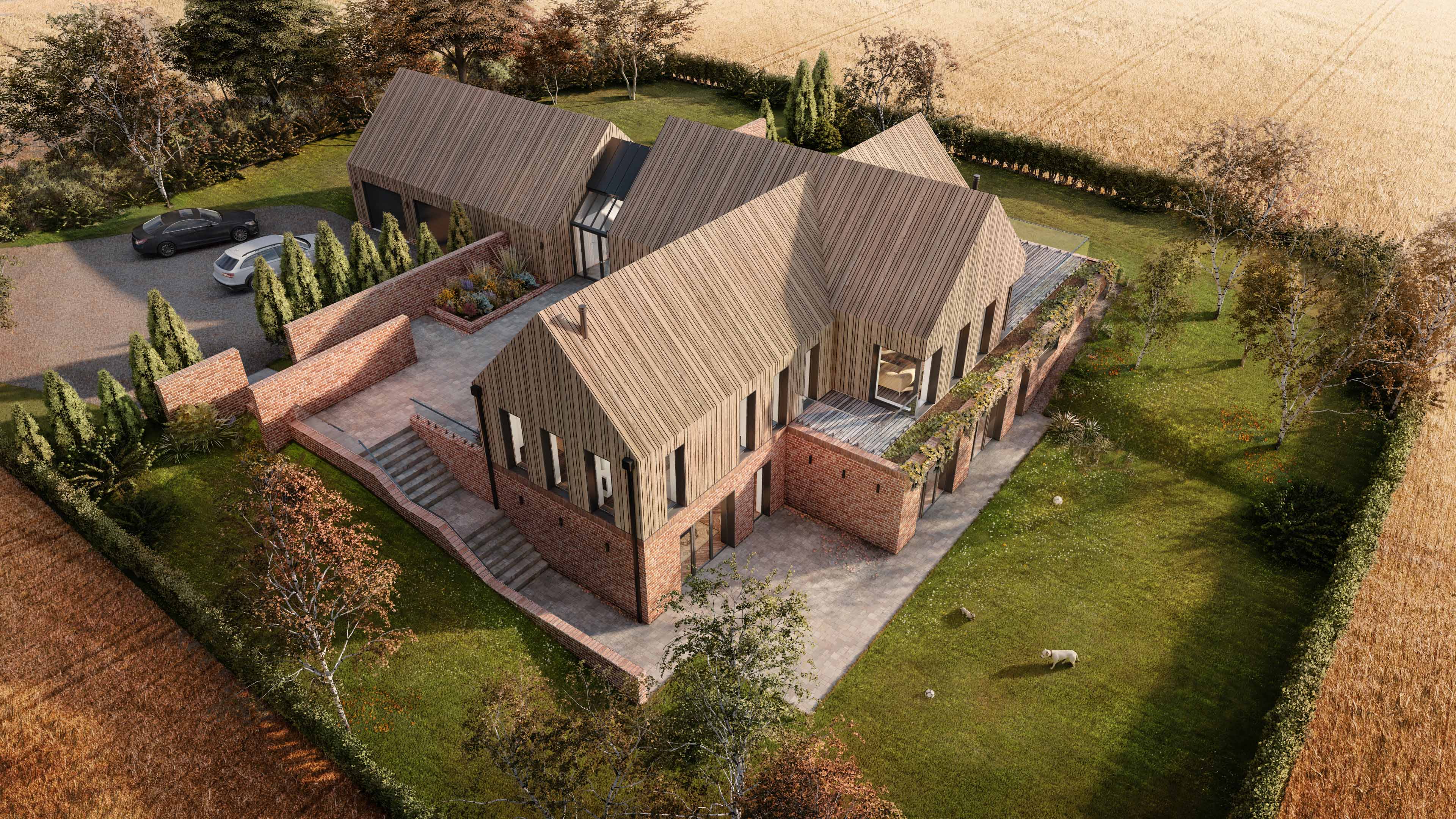The challenge of Para 79 Dwellings
One of the most exciting and challenging projects we are working on at the moment is the feasibility of a para 79 house in the Cotswolds. It is in an Area of Outstanding Natural Beauty in the countryside in Oxfordshire. Paragraph 79 of the National Planning Policy Framework (NPPF) states that isolated homes in the countryside should be avoided, but sets out a number of exemptions to this. One such exemption is if a design is of exceptional quality that is truly outstanding or innovative. Of course, we all know that design is such a subjective issue and what we might consider truly outstanding, may very well not be to someone else. The Planners in our team have been looking at the constraints of this particular site. While the plot is not especially large, the local council has identified key views through the site into the wider AONB. In addition, there is a large Listed Building in the near vicinity. We wonder whether these issues are deal-breakers, or are they exactly the sorts of issues that the exemptions within paragraph 79 of the NPPF were designed to overcome?
We have found very little information on successful para 79 schemes across the country. No one seems to be collating this data to see if successful schemes are defined by their similarities, or their differences. We have therefore considered writing a paper to look into this subject. These exemptions to development in the open countryside have been around for many years now and paragraph 79 supersedes the similarly worded paragraph 55 of previous versions of national planning policy. There is however, still ambiguity over what constitutes a truly outstanding or innovative dwelling.
Tetsworth Barn
We recently obtained planning consent for a replacement dwelling at Tetsworth Barn where we had previously obtained consent for a conversion under Class Q of the General Permitted Development Order. We were debating at the time whether to try and get consent as a replacement building, or as a para 79 dwelling. Ultimately, we decided to attempt to obtain planning as a replacement dwelling due to the ambiguity associated with para 79. Our success in obtaining planning permission provides credence to this decision. Still, we will always wonder whether we would have been successful if we had instead championed the dwelling as truly outstanding and innovative. For more information about Para 79 policy, the RIBA have published a helpful 3 minute read here.
Joshua Downey – Graduate Town Planner




